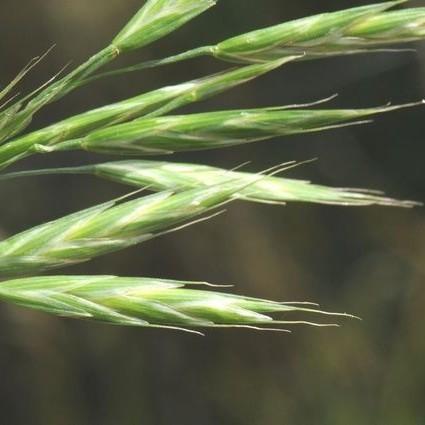
Alaska Brome
Bromus sitchensis
Watering:
Minimal
Hardiness Zone:
Sun:
full sun,part shade
Leaf:
Yes
Growth Rate:
Low
Drought Tolerant:
Yes
Salt Tolerant:
Yes
Invasive:
Yes
Care Level:
Moderate
watering
Meadow Brome (Bromus riparius) is an ornamental grass that appreciates regular watering. You should water deeply and thoroughly once a week, or more often in hot or dry weather. When watering, saturate the entire root zone to promote deep and healthy roots and encourage lush growth. Make sure to avoid watering the foliage to prevent disease from potential fungi. During the summer months, you may need to water twice a week to maintain proper moisture levels.
sunlight
Meadow Brome (Bromus riparius) requires direct sunlight to grow properly. For optimal growth, it should receive at least 5 to 6 hours of direct sunlight each day. When the growing season starts in the spring, the plant should receive full sun during the mid-day hours. During the summer months, the Meadow Brome should be shaded from the hot afternoon sun. It is advisable not to place this plant species in an area where it will receive more than 8 hours of direct sunlight each day. In the winter, the plant should be placed in an area where it can receive some direct sunlight on clear and sunny days. In areas with lower daily sunlight levels, the Meadow Brome should still be placed in an area that receives a minimum of 3 hours of direct sunlight each day.
pruning
Meadow Brome (Bromus riparius) should be pruned in the late winter or early spring before new growth emerges. Pruning should be moderate to slightly heavy, removing any dead or damaged stems and any stems that are excessively long or thick. Dead or damaged leaves should also be removed. For optimal health, it is recommended to leave a few young shoots and their foliage intact. This will help encourage new growth in the coming season.
